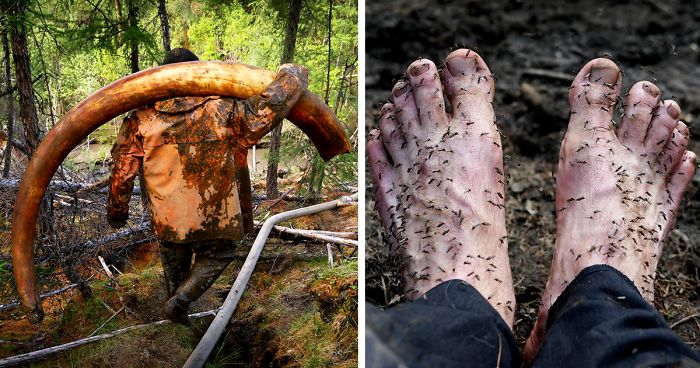
Photographer Joins Illegal Mammoth Tusk Hunt In Siberia, Captures How They Get Rich, Get Drunk And Nearly Die
In Russia’s isolated and remote region of Siberia, an underground economic boom is taking shape. Radio Free Europe photographer Amos Chapple, back in 2016, went inside the dark world of the Russian men illegally mining for tusks and remains of the long-extinct woolly mammoth, in hopes of cashing in on black market trade. The images he captured show a compelling cycle of toil, desperation, and environmental consequence.
Woolly mammoths, lost arctic relatives of the modern elephant, are thought to have lived in Siberia about 400,000 years ago. The area now experiences year-round permafrost, a thick layer of ice beneath the ground, which has helped to preserve submerged mammoth skeletons for millennia. In order to reach the buried treasures of this hostile land, the men seeking it have to blast the thick, icy mud with water pumped from nearby rivers, which can take months on end. It’s a dangerous, illegal, and taxing job, but with mammoth tusks selling at around $35k a piece to eager Chinese buyers, it’s a worthwhile risk to men coming from cities where the average monthly wage is under $500.
It’s not all diamonds and glory, however. The men setting out on tusk hunts leave their families behind to brave rugged terrain, hoards of mosquitoes, and constant fear of detection by police, which could result in fines or jail sentences. They guzzle quarts of vodka and cheap beer to cope with the ordeal, leading to frequent fights among miners. Perhaps worst of all is the toll their work takes on the environment; the run-off water from the frozen earth they douse returns to the surrounding rivers, polluting water streams and raising silt levels dramatically.
Take in the entire series below, accompanied by Chapple’s own commentary as written in his RFE article, and witness the plight of men craving to get rich, and willing to die trying.
“With the sale of elephant tusks under close scrutiny, “ethical ivory” from the extinct woolly mammoth is now feeding much of China’s hunger for tusks. Every summer, bands of tusk hunters head into the Russian wilderness in the hopes of striking it rich. On condition I not reveal names or exact locations, I gained access to one site where teams of men are using illegal new methods in the hunt for what remains of Siberia’s lost giants”, wrote photographer Amos Chapple
“Four hours by speedboat from the nearest village…” (Image credits: Amos Chapple)
“…is a bend in the river riddled with mammoth remains.” (Image credits: Amos Chapple)
“A paleontologist I spoke to said this site was likely once a swamp or bog which drowned prehistoric beasts.” (Image credits: Amos Chapple)
“The tuskers use water pumps designed for firefighting (Tohatsu are the preferred brand) to suck water out of the river..” (Image credits: Amos Chapple)
“…and blast it into the landscape.” (Image credits: Amos Chapple)
“Some tuskers carve long, deep tunnels (which are terrifying – the walls are as soft as garden soil).” (Image credits: Amos Chapple)
“Others use the cutting power of the hoses to carve huge underground caverns.” (Image credits: Amos Chapple)
“And some gouge channels straight through the topsoil.” (Image credits: Amos Chapple)
“In the hope of finding one of these – a perfectly preserved mammoth tusk, worth around $520 per kilogram.” (Image credits: Amos Chapple)
“A little background: Siberia’s Yakutia region sits on a foundation of permafrost – permanently frozen soil which lies a few feet below the surface.” (Image credits: Amos Chapple)
“In warm soil, bones would rot away within a decade. But tusks and bones like this mammoth hip can survive tens of thousands of years once locked into the permafrost, making Yakutia a mammoth mecca.” (Image credits: Amos Chapple)
“This 65-kilogram tusk, photographed a few minutes after it was plucked from the permafrost, was sold for $34,000. The two men who found it unearthed three more in just over a week, including one weighing 72 kilograms.” (Image credits: Amos Chapple)
“The lucky tuskers flashing a “cash” gesture. They likely earned around $100,000 in eight days.” (Image credits: Amos Chapple)
“That kind of money in a region where the average salary is around $500 a month, doesn’t always buy a happy ending. This memorial is for two young tuskers who made more than $100k, partied hard, then allegedly returned up the river drunk. They flipped their boat and drowned.” (Image credits: Amos Chapple)
“In the tuskers’ hometown, elusive “agents” pay cash for fresh tusks. These plastic-wrapped tusks are on a flight to the city of Yakutsk, en route to China. This haul was covered with a tarpaulin, when I looked under it the air stewardess yelled at me, then marched down the aisle and slapped my camera out of my hand right after I took this photo.”(Image credits: Amos Chapple)
“But it’s not just mammoths that the men uncover. This skull belongs to a bison which which once roamed Siberia’s plains.” (Image credits: Amos Chapple)
“And this skull, helping to prop up a kettle, is from a woolly rhinoceros.” (Image credits: Amos Chapple)
“Another rhino skull, feeling the sun on its snout for the first time in at least 11,000 years. The man who found it says that “when you find a skull, the horn is usually 15 or 20 meters away.” (Image credits: Amos Chapple)
“This 2.4-kilogram rhino horn was sold to an agent for $14,000. It will probably end up in Vietnam, be ground into powder and marketed as medicine.” (Image credits: Amos Chapple)
“The damp horn squelches like driftwood and smells like a dirty dog. The “cancer curing” rhino horn will be worth more than its weight in gold once it reaches Vietnam.” (Image credits: Amos Chapple)
“But for most tuskers, a whole summer of labour in the gluey mud will end up losing them money.” (Image credits: Amos Chapple)
“As the pumps roar through tons of gasoline, most brigades will only turn up worthless bones like these. Dr. Valery Platnikov, a paleontologist familiar with this tusking site, estimates “only around 20-30 percent [of tuskers] will make a profit. It’s very sad… A lot of these guys have taken out bank loans to pay for these expeditions.” (Image credits: Amos Chapple)
“To keep his expedition cheap, this young tusker converted the engine from a Soviet-era Buran snowmobile into a water pump.” (Image credits: Amos Chapple)
“When the Siberian winter kicks in, the engine will be returned to the town and refitted into its snowmobile.” (Image credits: Amos Chapple)
“The life: Most men here will spend the entire summer away from home and family.” (Image credits: Amos Chapple)
“In the gloom of their tents, the tuskers chill with card games or share a phone to watch short viral videos or porn.” (Image credits: Amos Chapple)
“This tusker penned letters to his wife that he passed on to other men headed back to the town, this is a letter from his wife – the first news he’d had from her in a week.” (Image credits: Amos Chapple)
“This joint of reindeer is a rare treat. Most meals are canned beef and noodles. Two of the tuskers told me they eat dog “when we have to… The flavour is like bacon.” (Image credits: Amos Chapple)
“Mosquitoes are a near constant plague. Only the coldest mornings offer an hour or two of relief.” (Image credits: Amos Chapple)
“On warm days, some of the men wear clothes more suited to beekeeping than hard labour.” (Image credits: Amos Chapple)
“And when the alcohol comes out, all hell breaks loose. Returning from a resupply run to town, these tuskers have made it halfway back to camp staggering drunk. But soon after this picture was taken their trip went off the rails.” (Image credits: Amos Chapple)
“Near the spot where the 2015 drowning took place, these tuskers crashed their boat at speed. A 3 a.m. rescue mission found them passed out in a boat full of waterlogged equipment.” (Image credits: Amos Chapple)
“And the drinking continued the next day. Basically whenever booze arrived in the camp it would be drunk until it was gone, then after one day of sleeping it off the men would get back to work.” (Image credits: Amos Chapple)
“The damage: Ravaged landscape is the obvious result of the tusk hunters’ methods, but the impact on Yakutia’s waterways is taking a heavy toll. The runoff from the tuskers’ hoses runs back into the river, filling it with silt. The fish from the river near our tusking site were gone – the men no longer even bother to take fishing rods.” (Image credits: Amos Chapple)
“One tusker told me, “I know it’s bad, but what can I do? No work, lots of kids.” (Image credits: Amos Chapple)
“But the number of tuskers in the Yakutia region is increasing every year, and as more stories of instant, spectacular wealth filter back to the towns, that trend is likely to continue.” (Image credits: Amos Chapple)
2.1Mviews
Share on FacebookHello, I'm the author of this piece. Can you tell my why this was published without permission being sought or given? I was planning on posting this here - bit of a rude surprise to see someone basically stole it..
I'd noticed the blurry © and "not for use on other media" than Reddit at the bottom of the pics. That makes it a copy rights infringement even, no? So I'm with you, they should've asked your permission first. Now that it's been posted: thank you for the story and pictures, very interesting (yet sad).
Load More Replies...You shouldn't steal a photographer's work without checking with them first. This is almost a word-for-word reproduction of the original, including all original photographs.
Hello, I'm the author of this piece. Can you tell my why this was published without permission being sought or given? I was planning on posting this here - bit of a rude surprise to see someone basically stole it..
I'd noticed the blurry © and "not for use on other media" than Reddit at the bottom of the pics. That makes it a copy rights infringement even, no? So I'm with you, they should've asked your permission first. Now that it's been posted: thank you for the story and pictures, very interesting (yet sad).
Load More Replies...You shouldn't steal a photographer's work without checking with them first. This is almost a word-for-word reproduction of the original, including all original photographs.
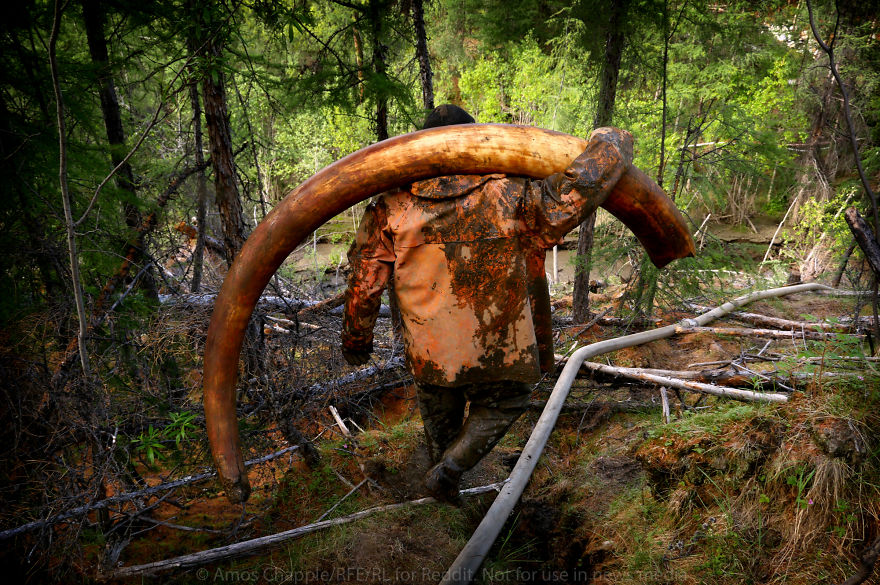
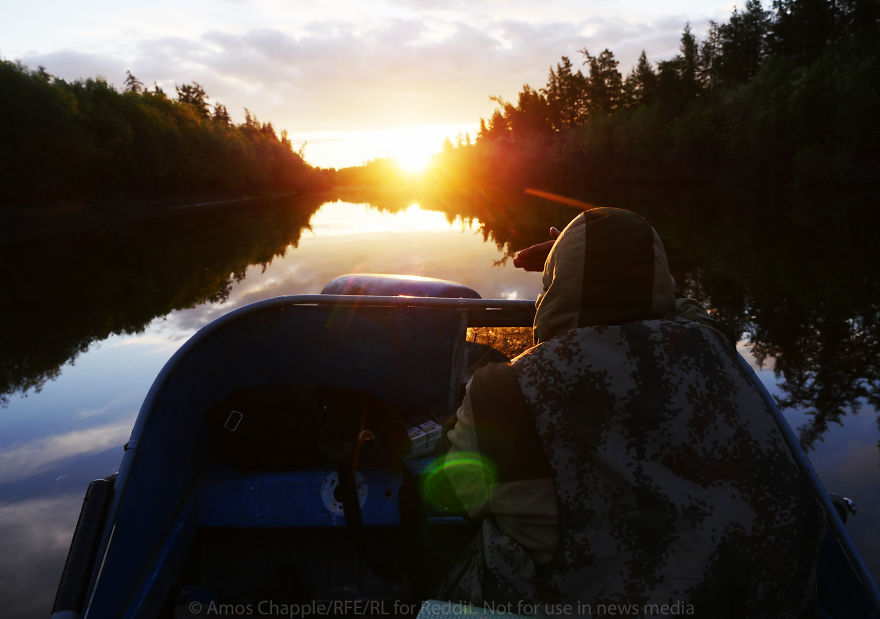
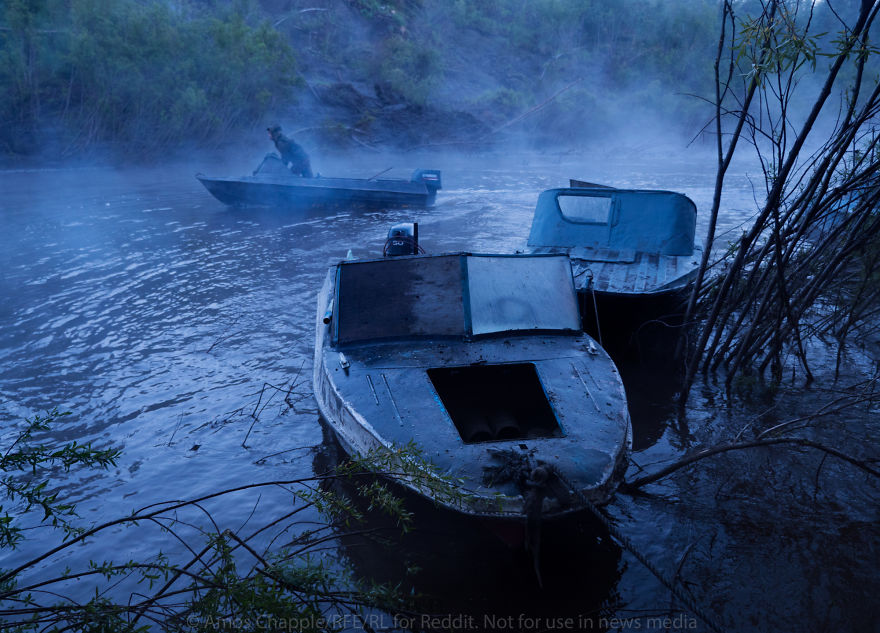
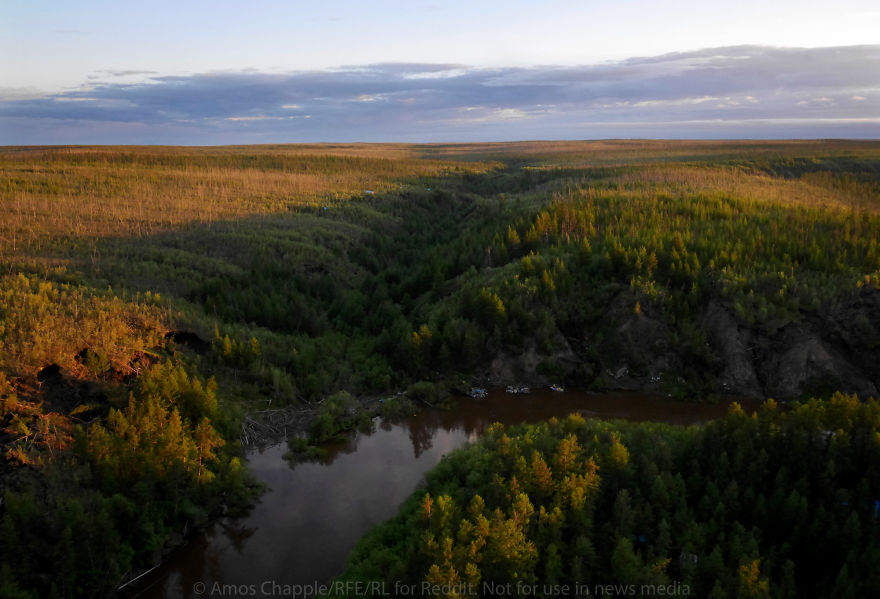
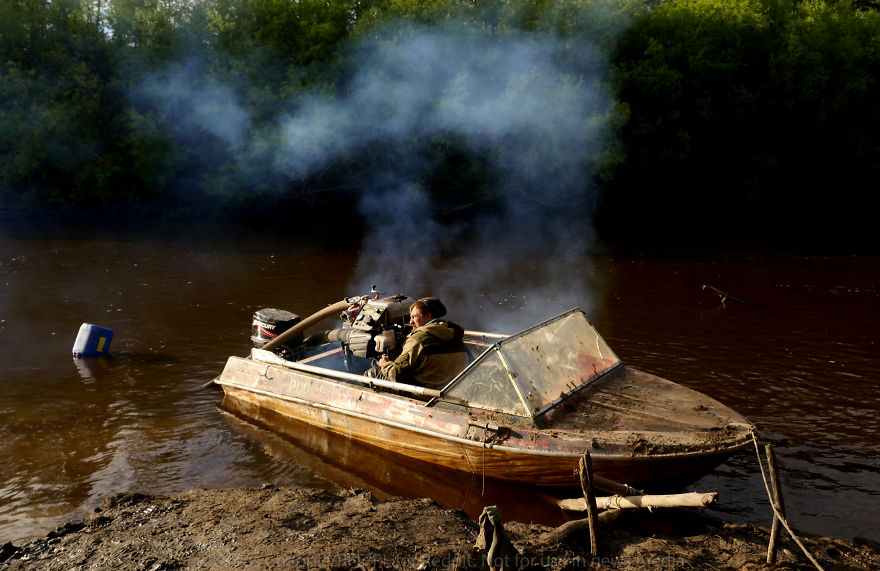
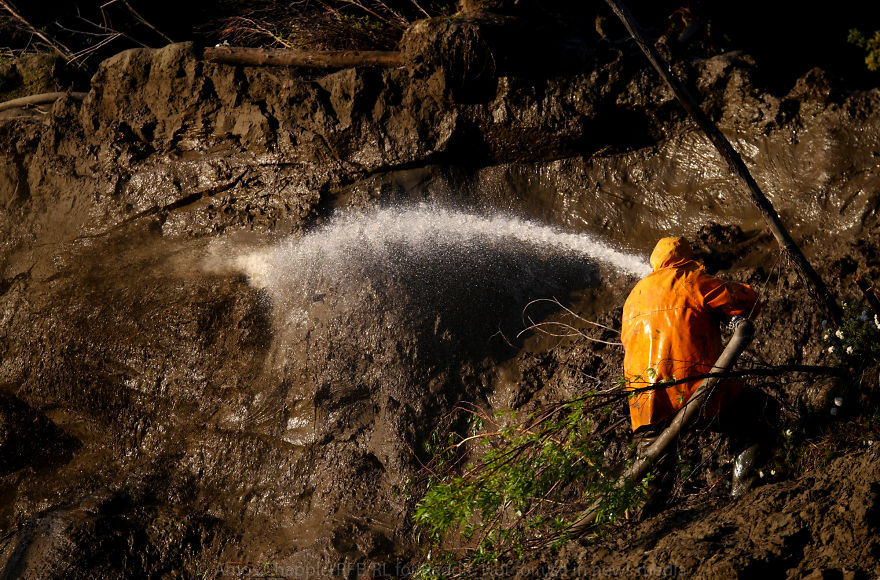
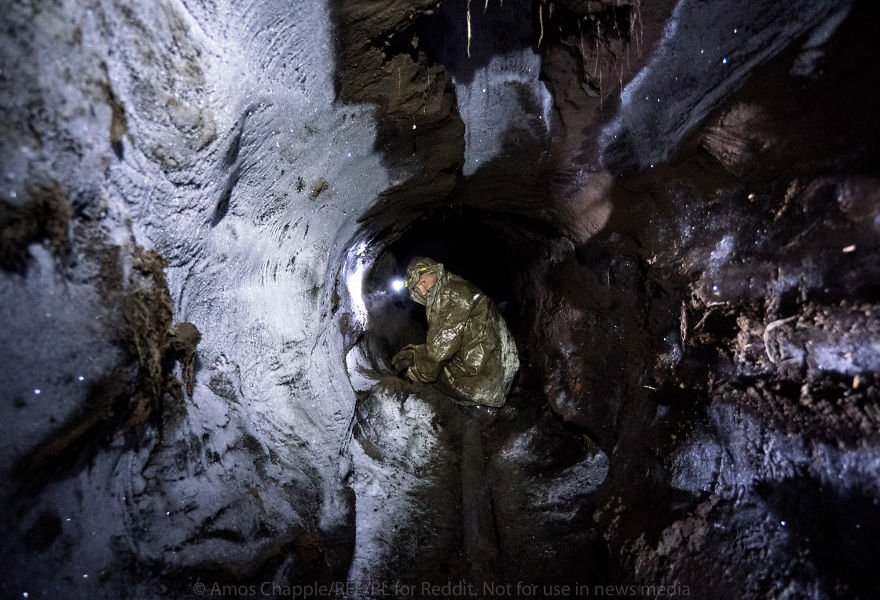
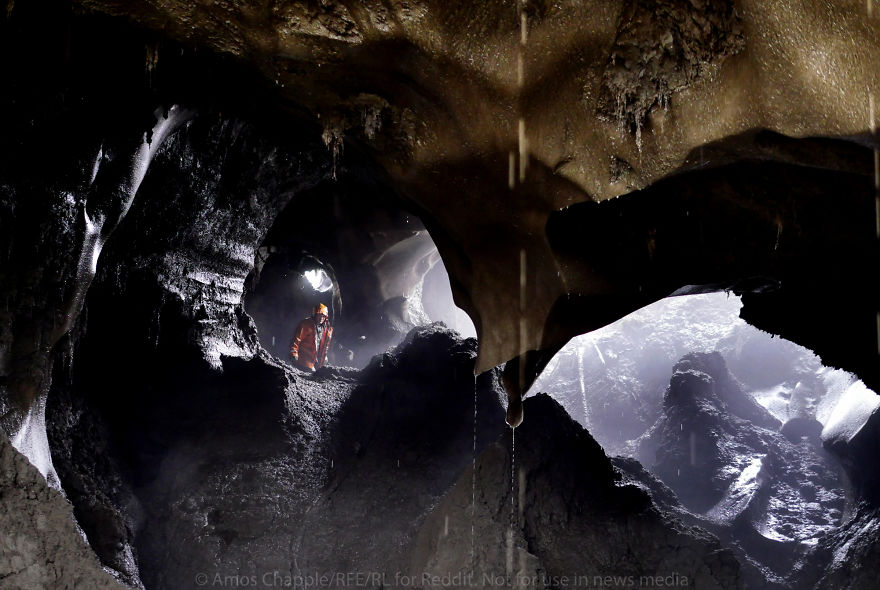
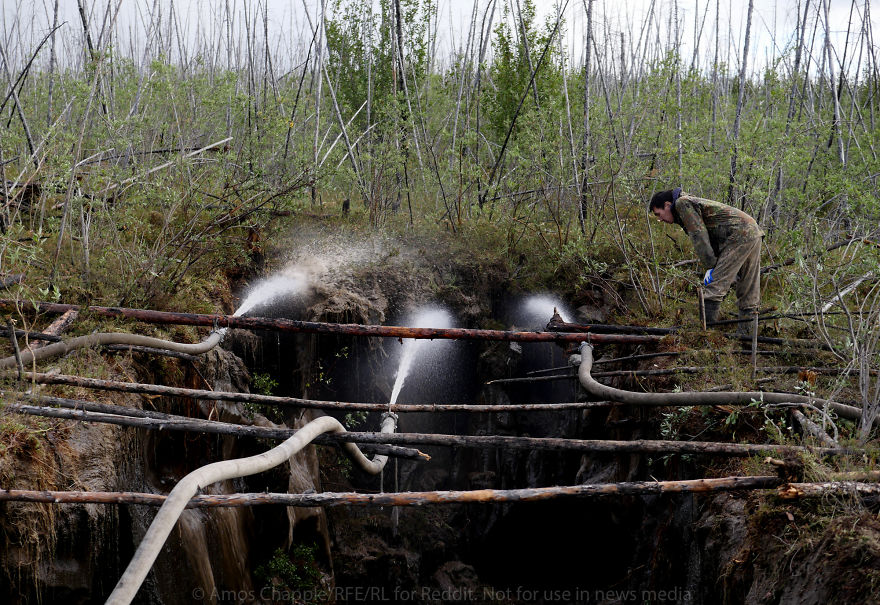
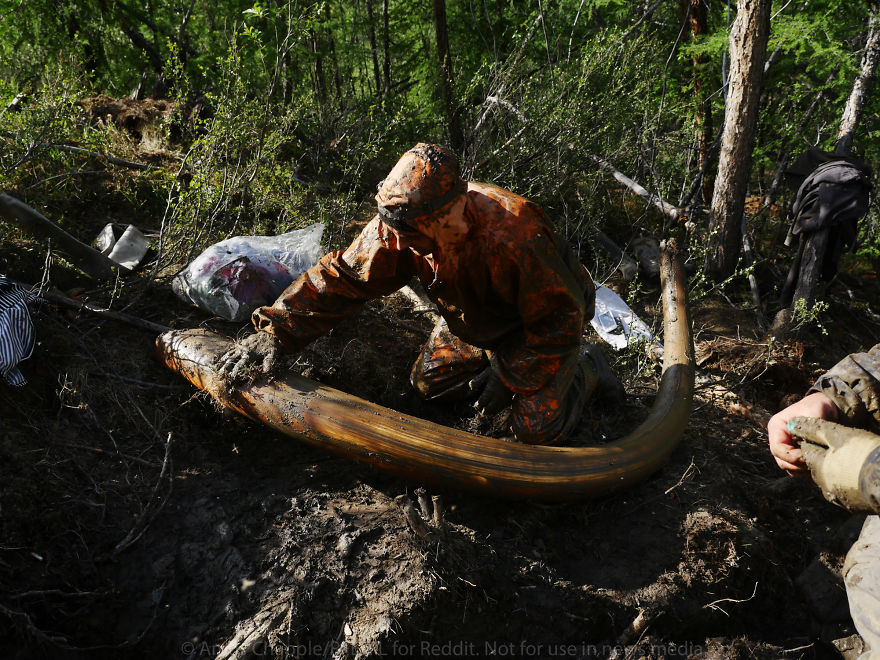
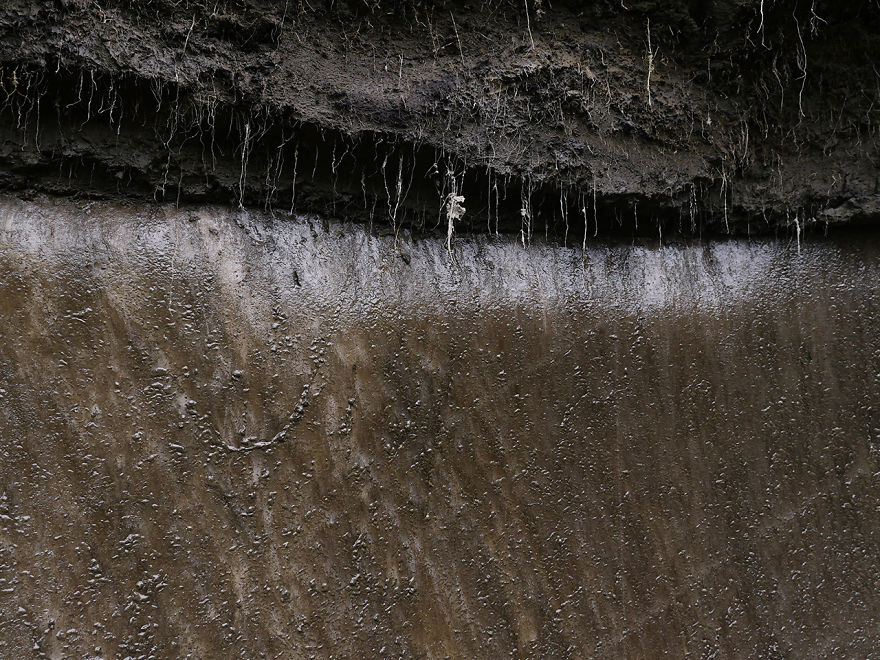
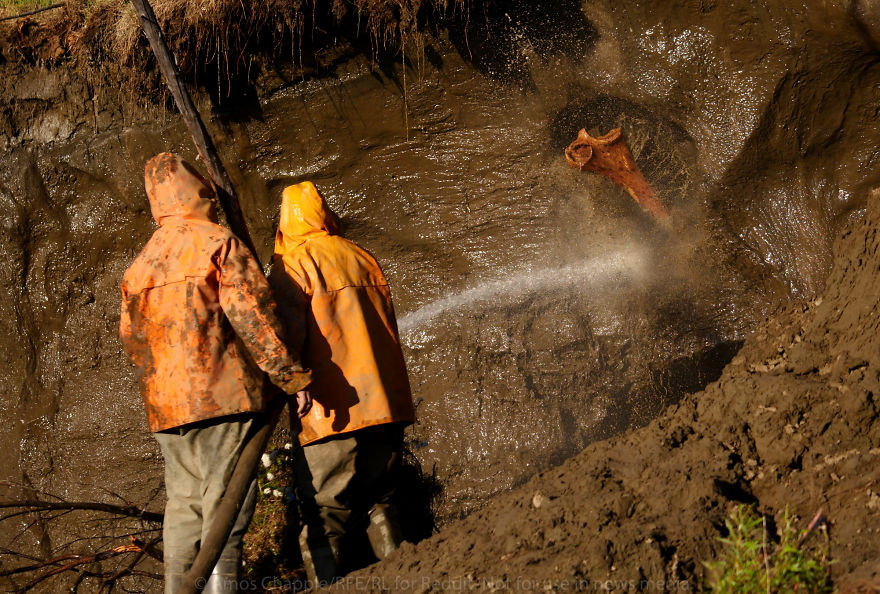
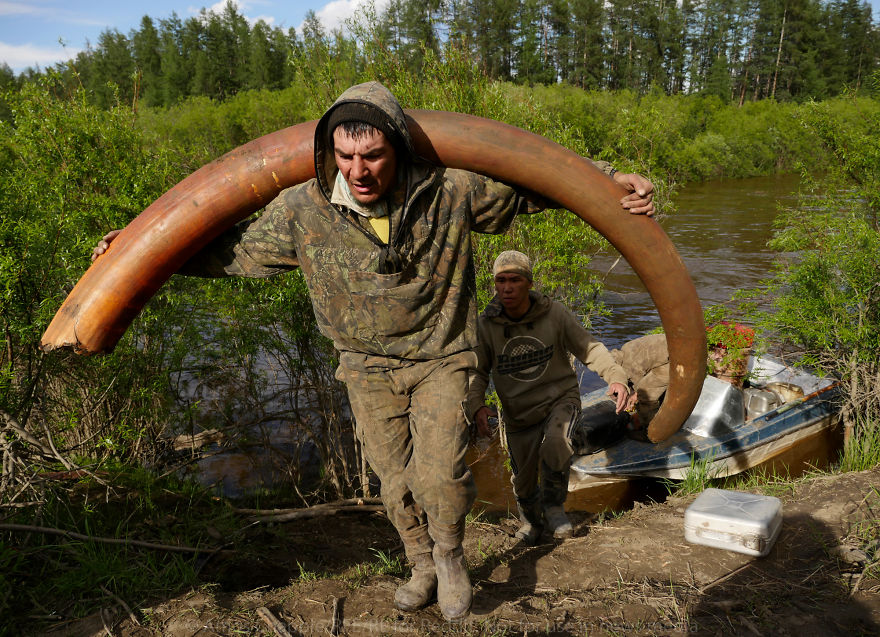
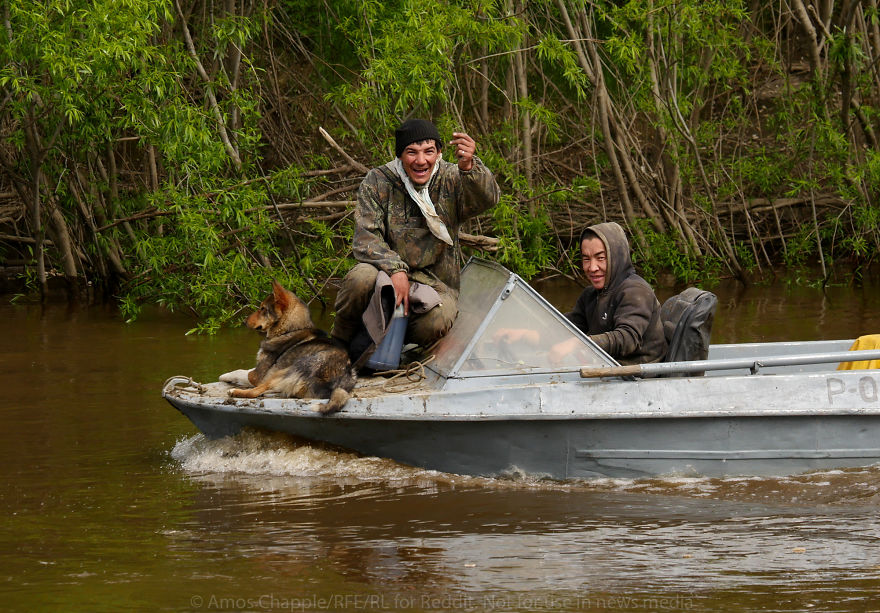
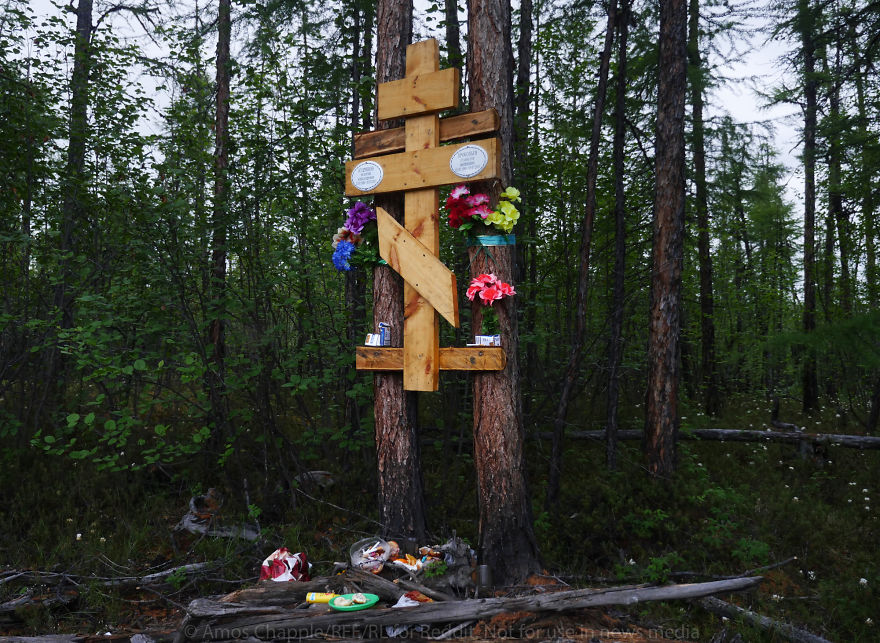
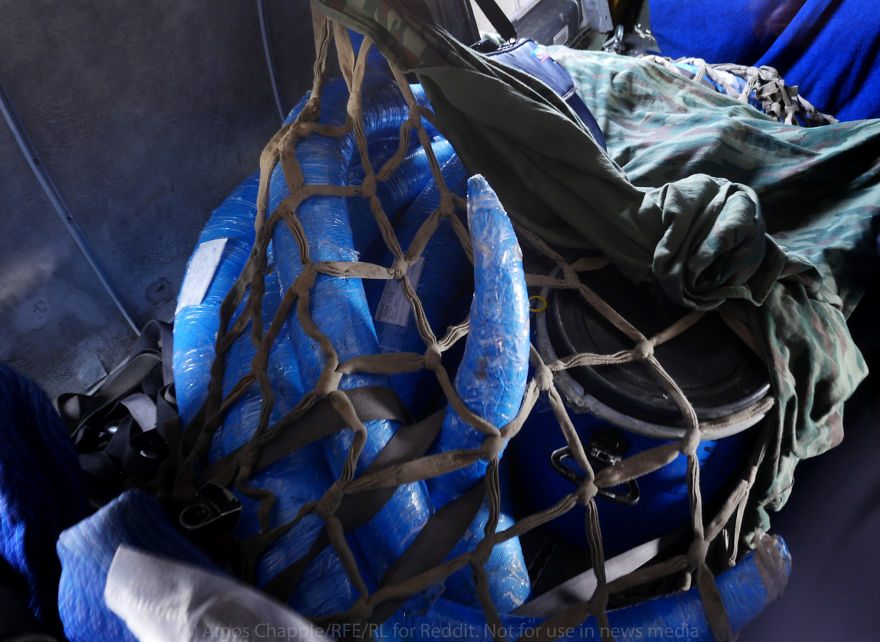
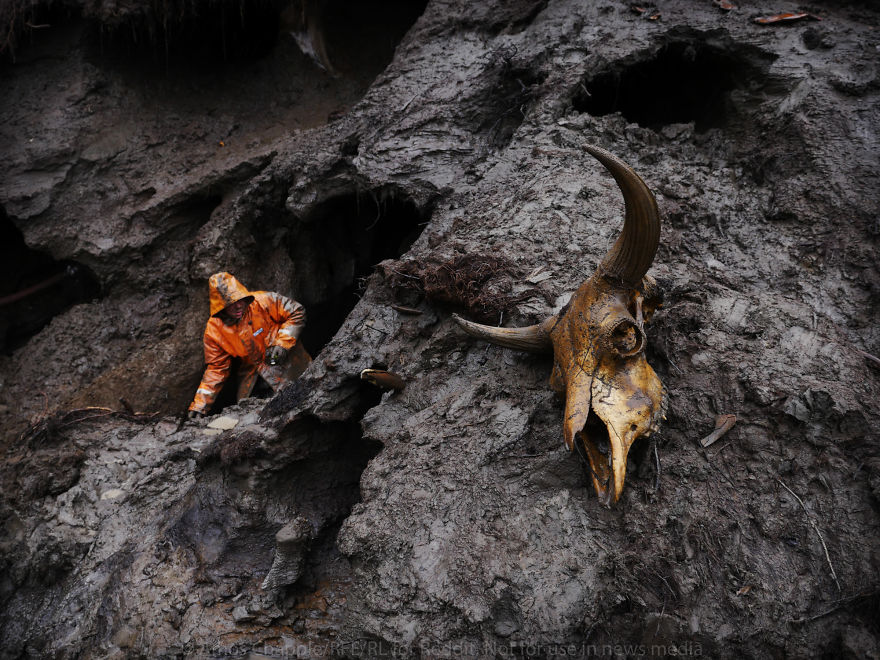
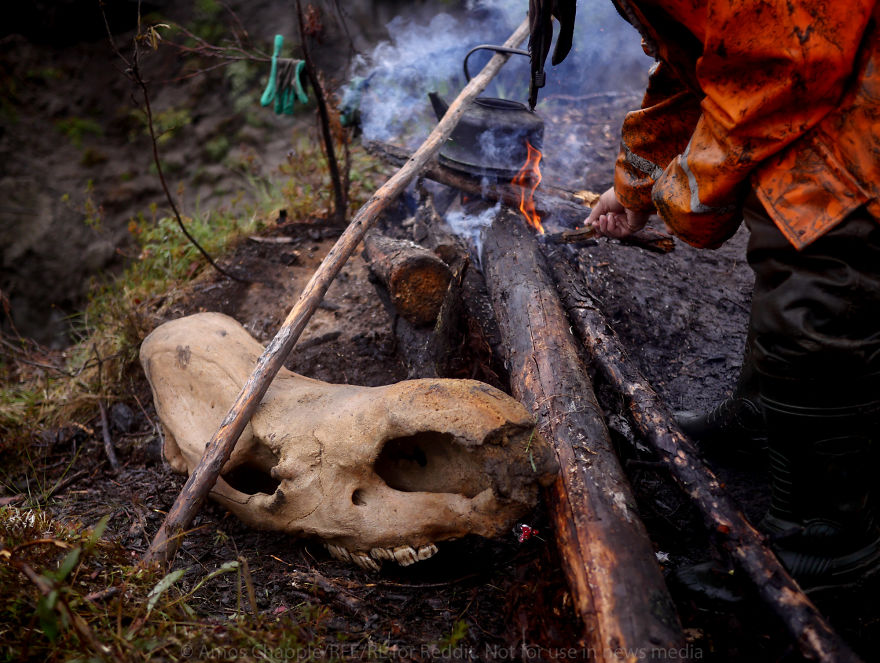
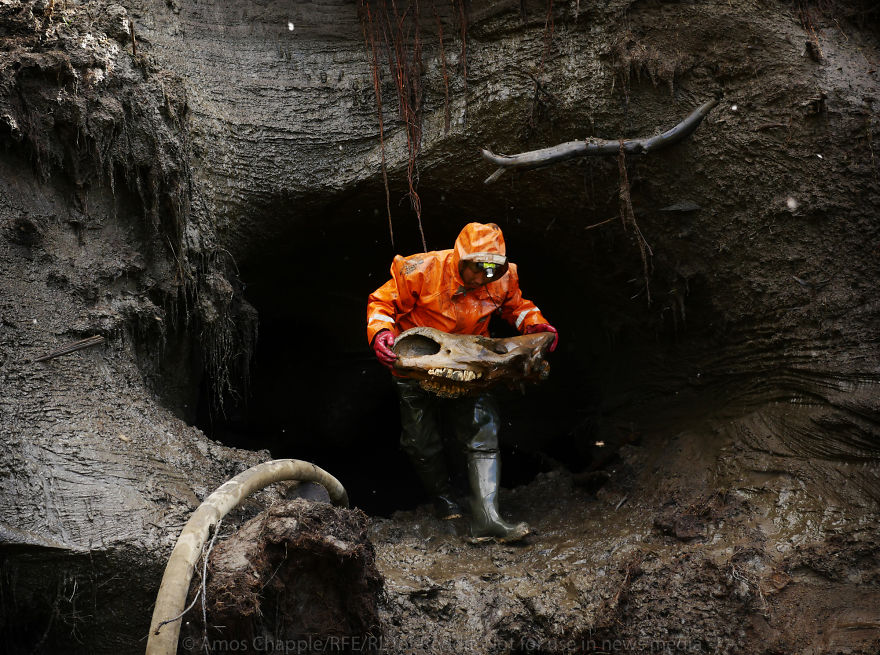
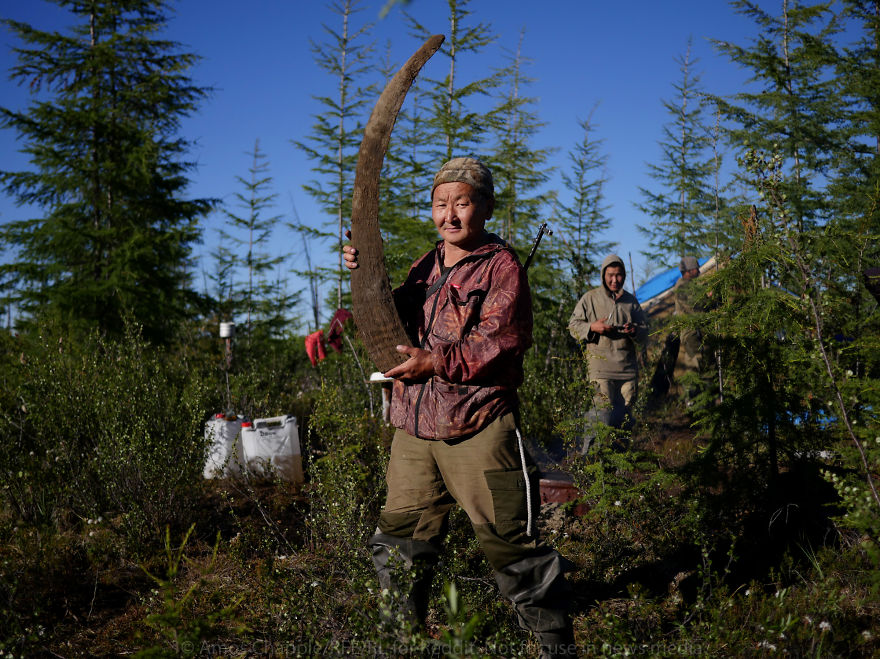
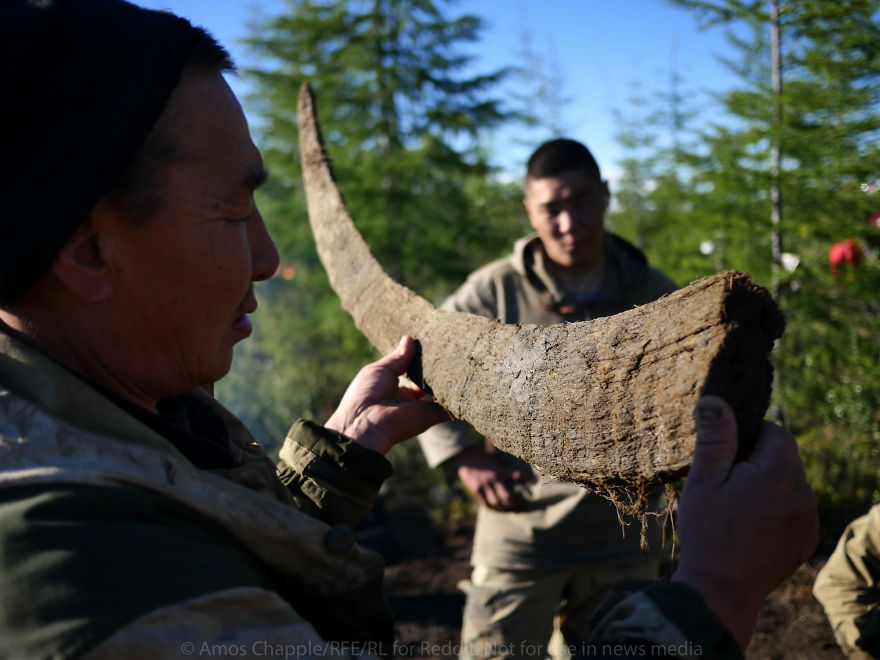
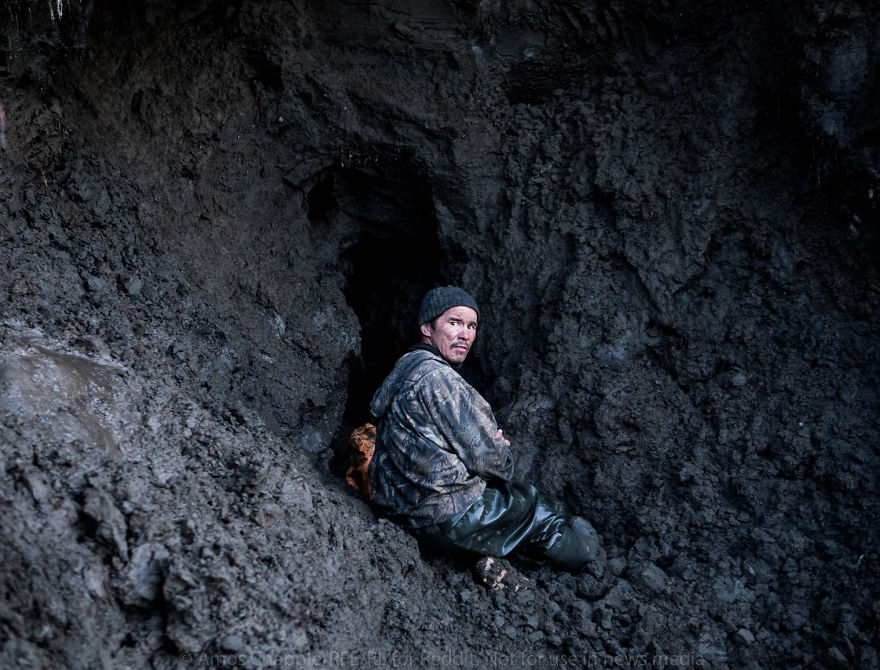
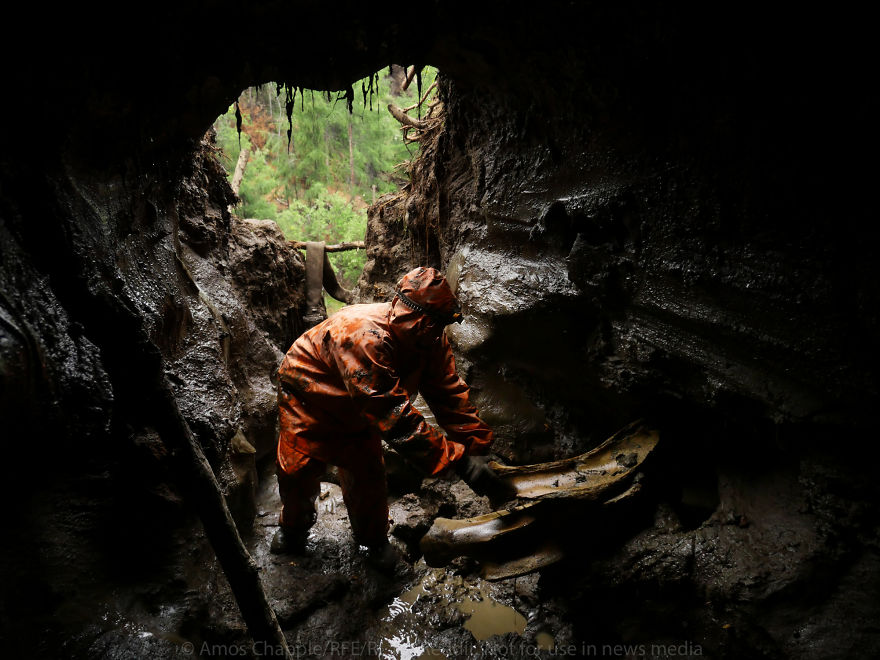
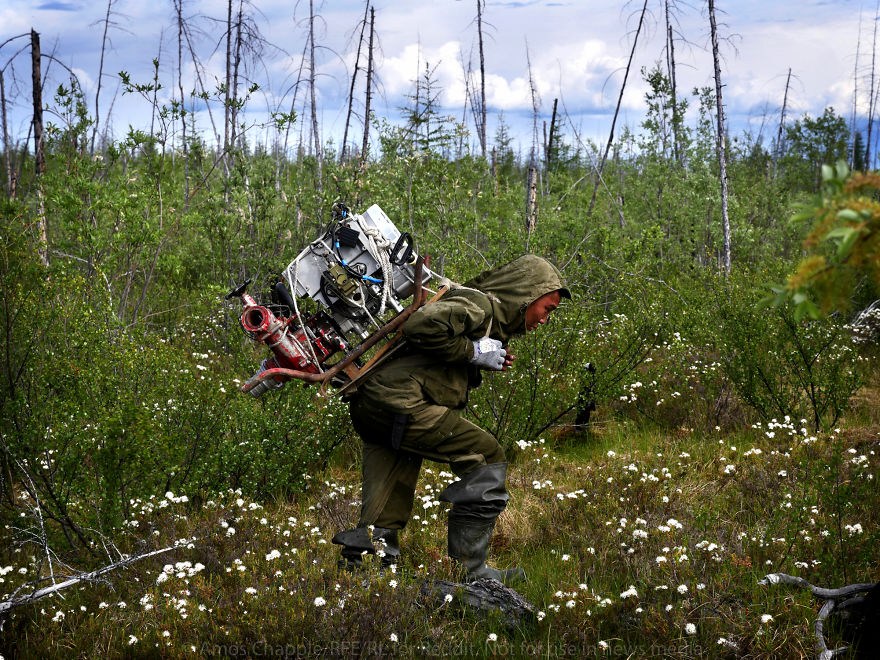
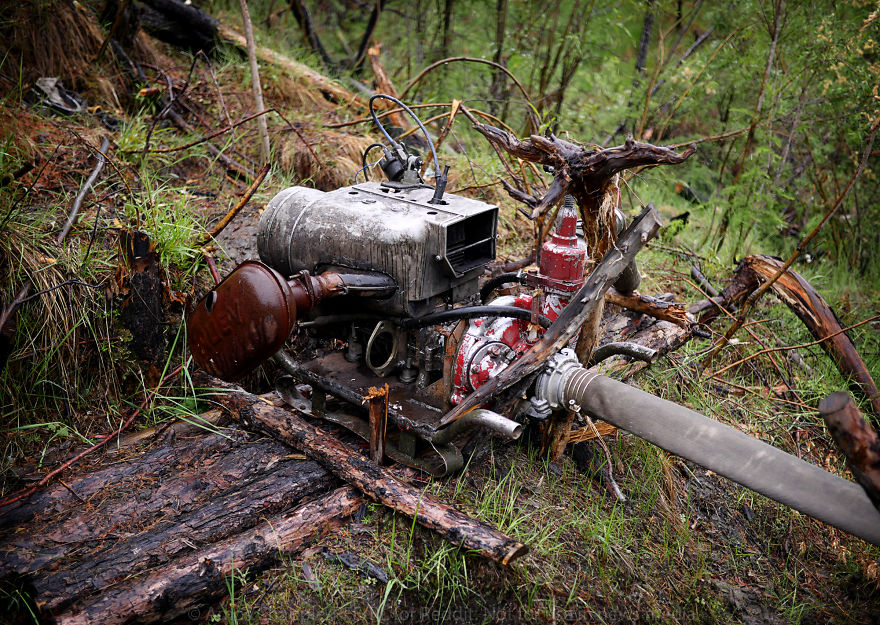
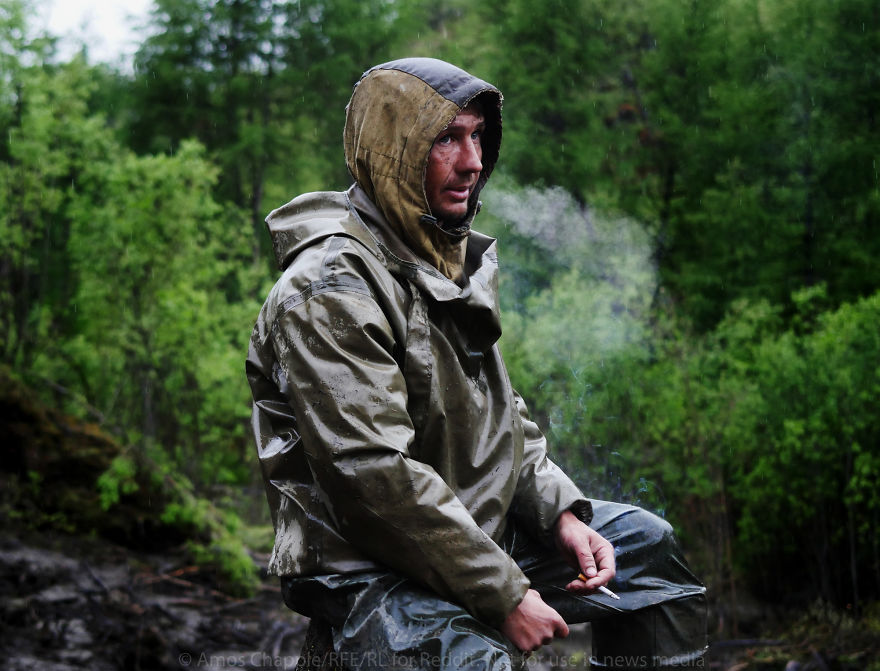
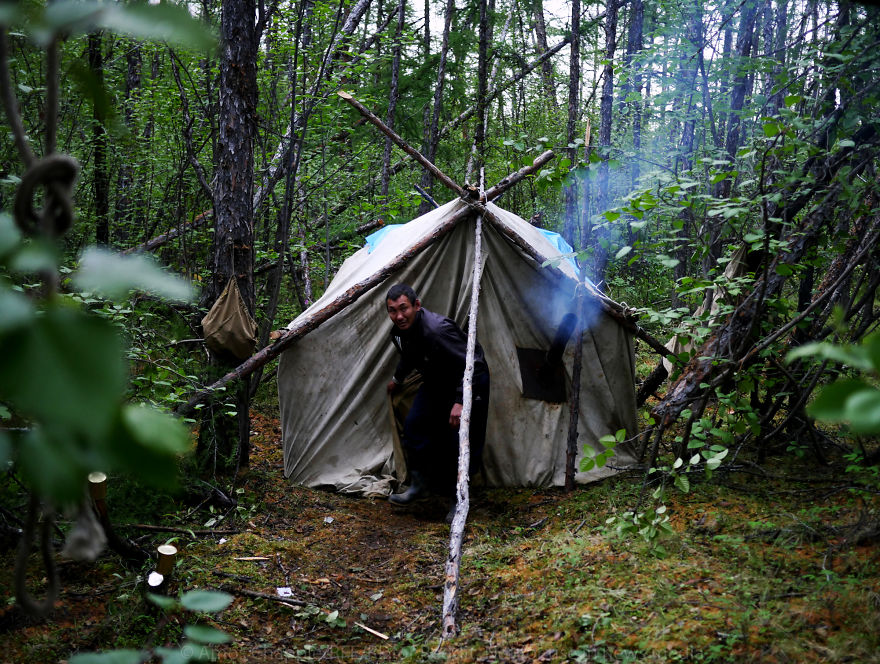

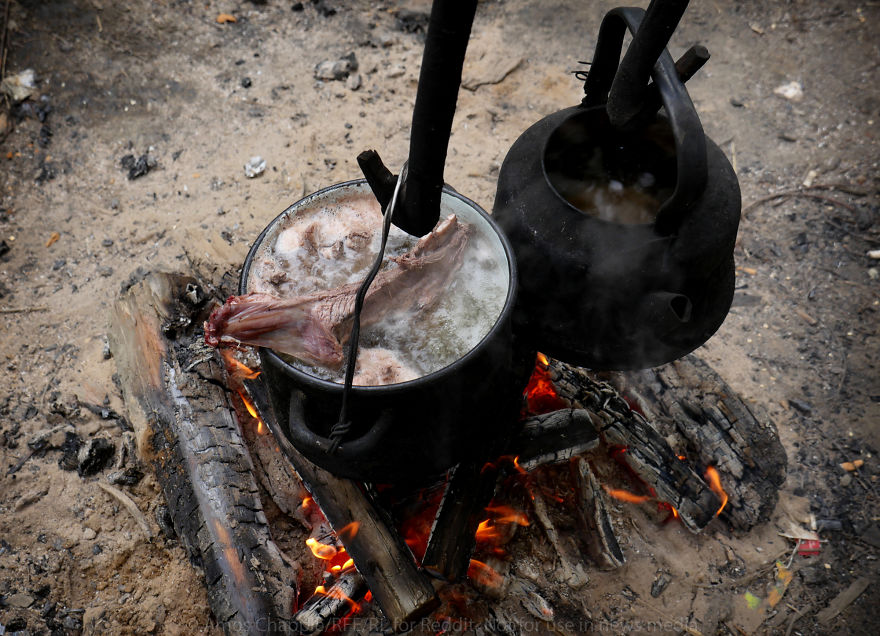
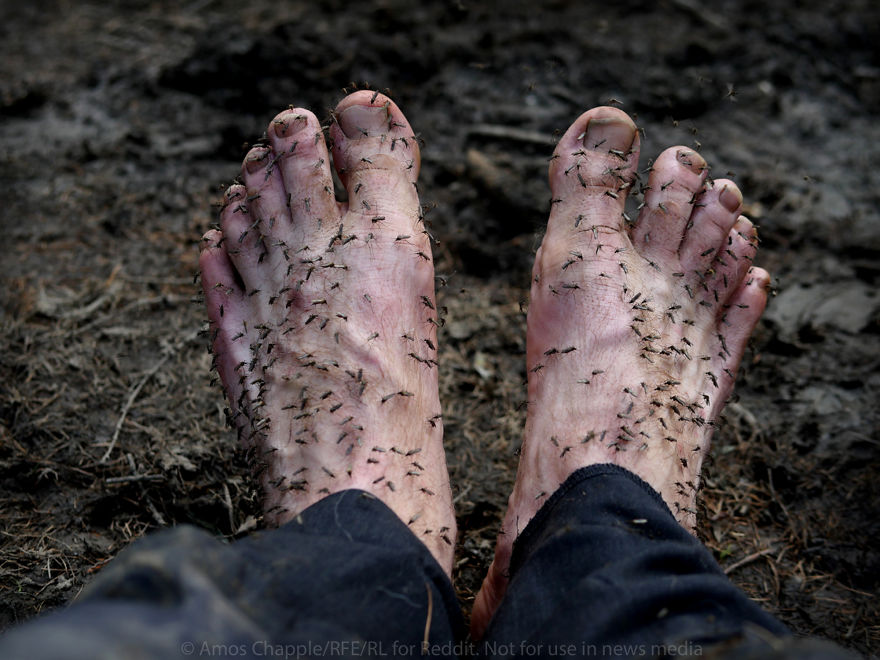
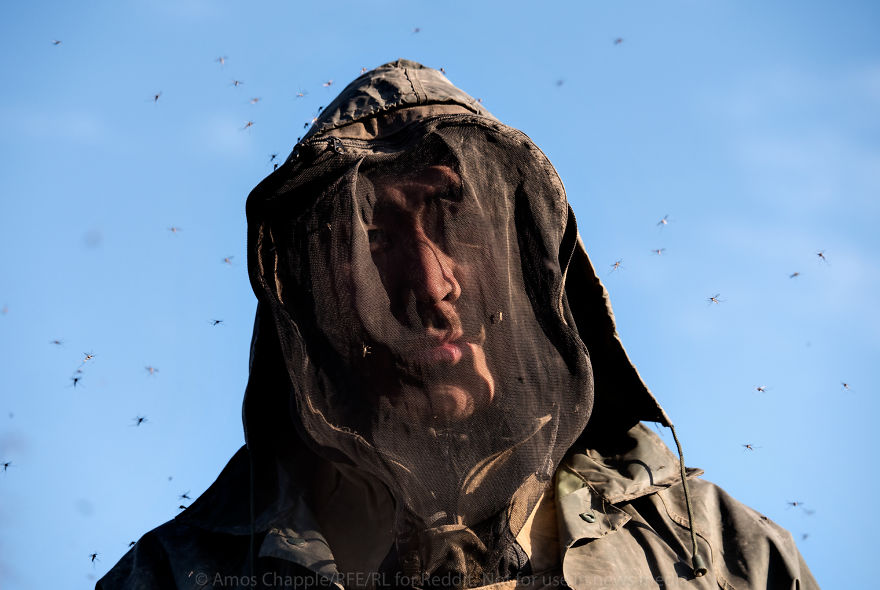
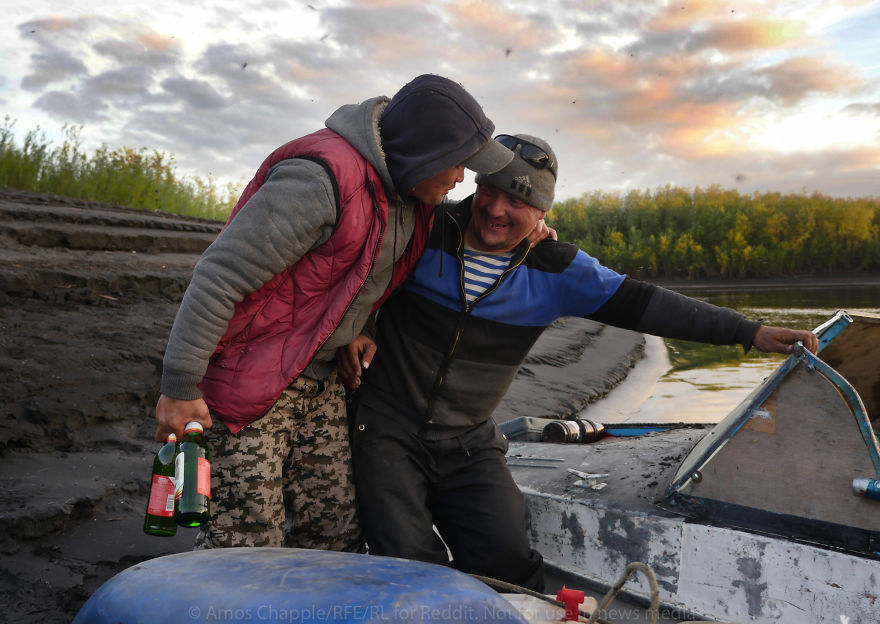
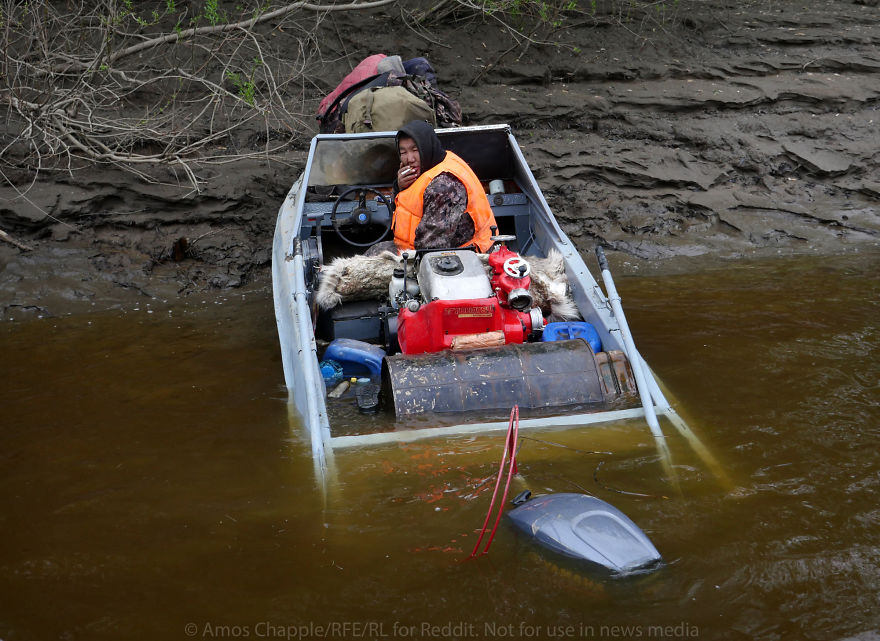
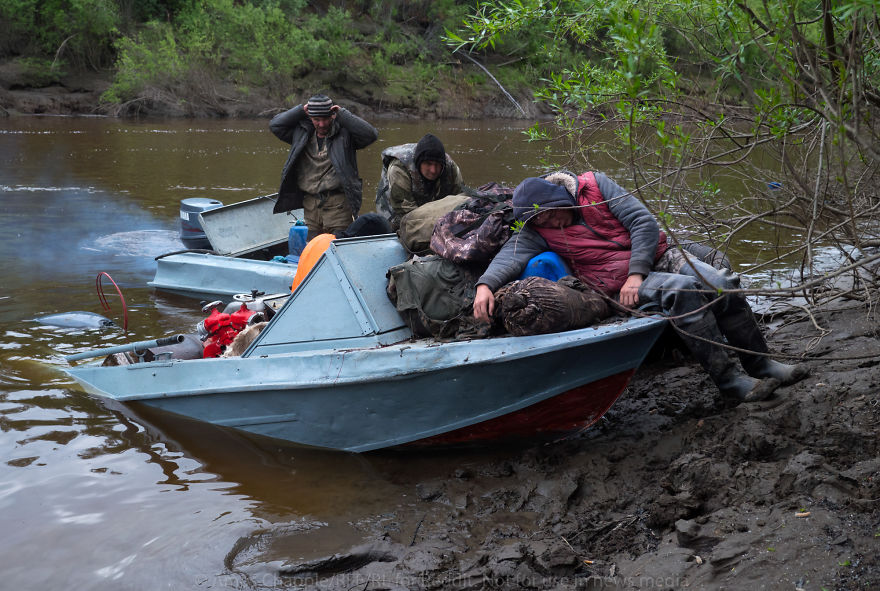
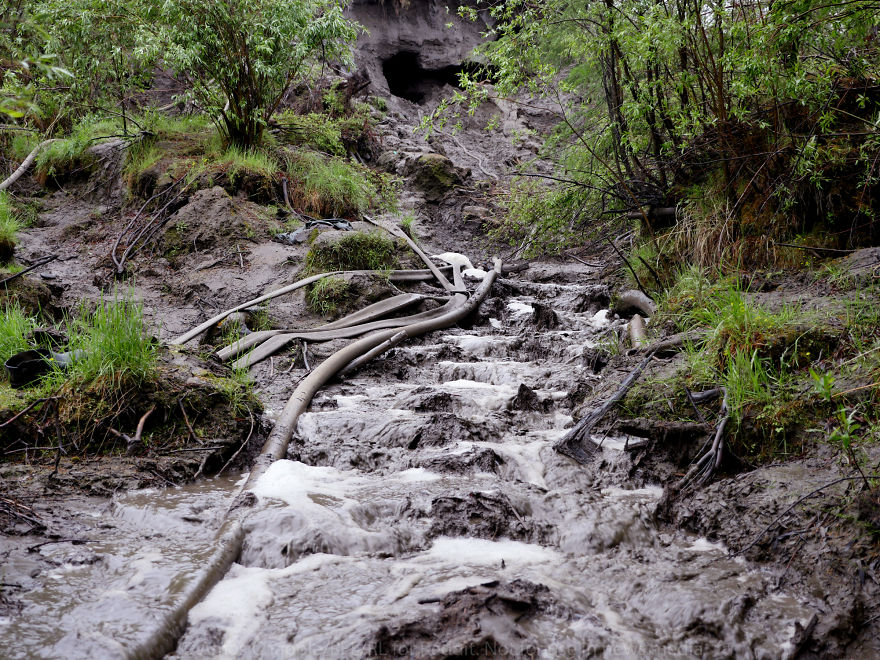
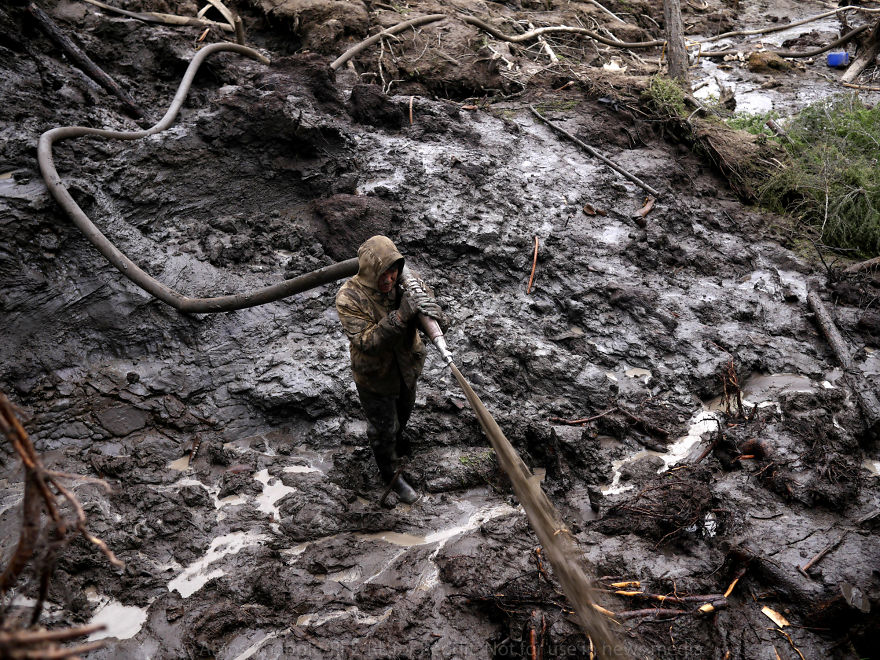
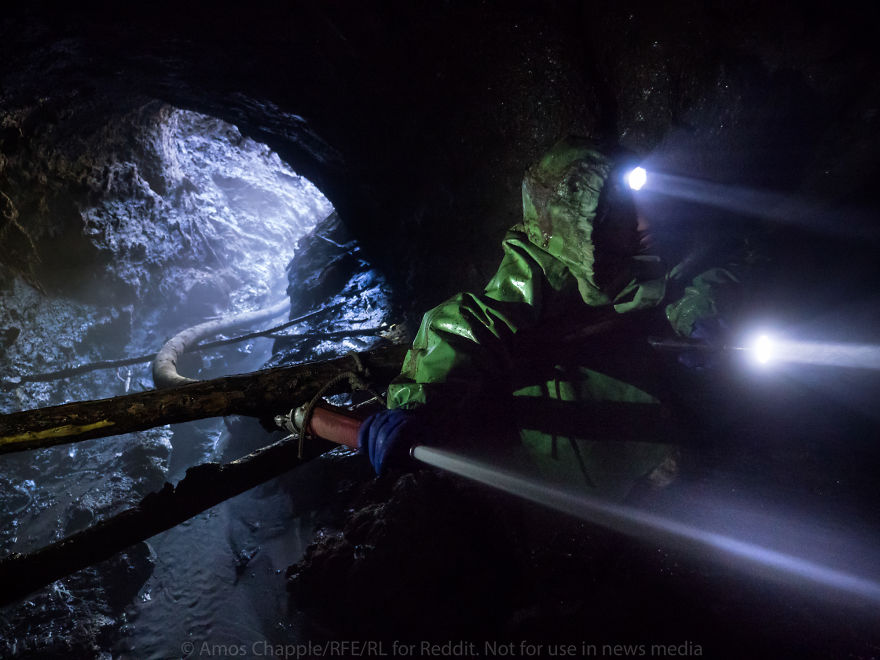



295
88